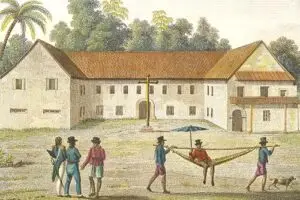
Criollo
In Spanish colonial times criollo referred to a full-blooded Spaniard born in the Spanish colonies in Asia and the Americas. It was a term mostly

In Spanish colonial times criollo referred to a full-blooded Spaniard born in the Spanish colonies in Asia and the Americas. It was a term mostly

ndios were defined as the native indigenous peoples in all the Spanish American and Asian possessions. During the Spanish colonial period in the Mariana Islands
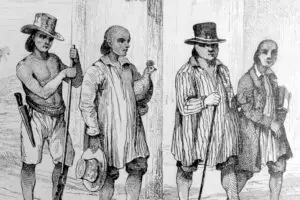
Insulares was the specific term given to criollos (full-blooded Spaniards born in the colonies) born in the Philippines or the Marianas. Insulares were part of
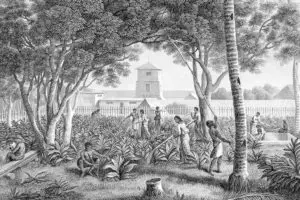
During the Spanish colonial period (1668-1898), persons of mixed African and Spanish ancestry were known to the Spaniards as mulatos. They were mostly hired for
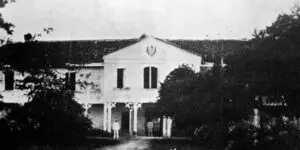
Two terms were used to differentiate the origin of the Spaniards residing In the 19th century colonial Philippines. A Spaniard born in Spain was referred
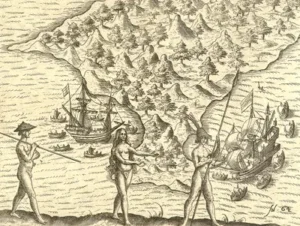
Spanish administrative term. This name is given to the primitive Indians with whom the Spaniards settled the peace agreements, although their descendants had mixed by
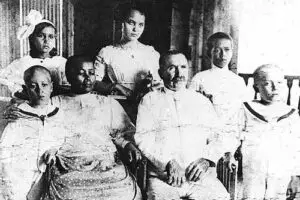
During Spanish colonial rule in the Marianas, the term mestizo (mestisu in CHamoru) referred to a person of mixed parentage. In its original context, as